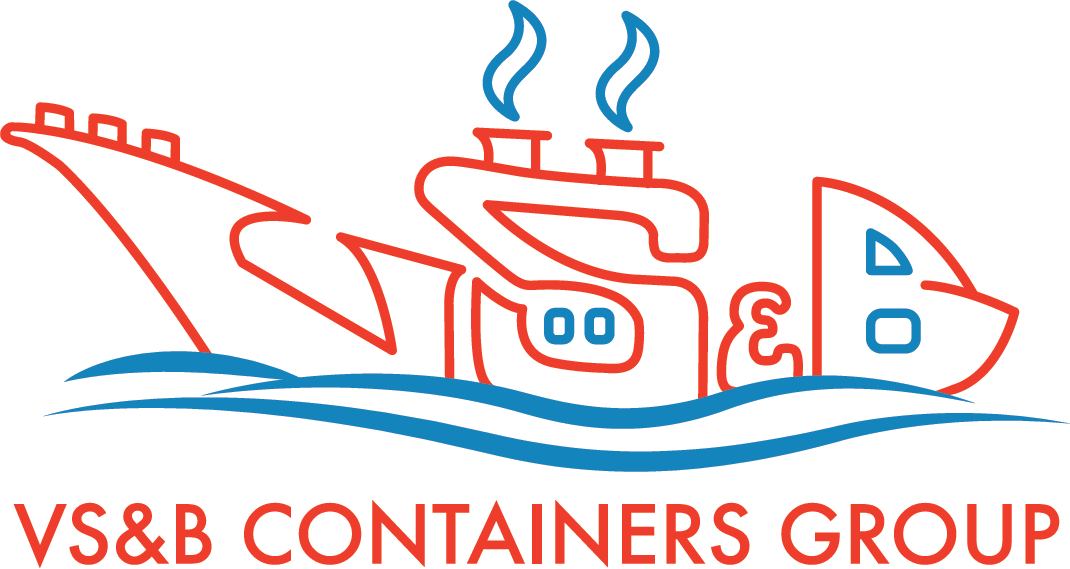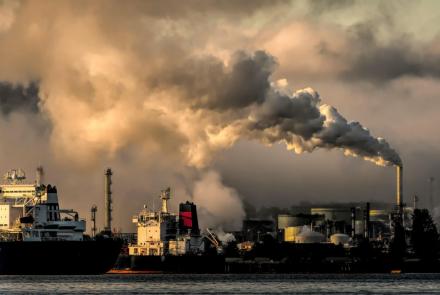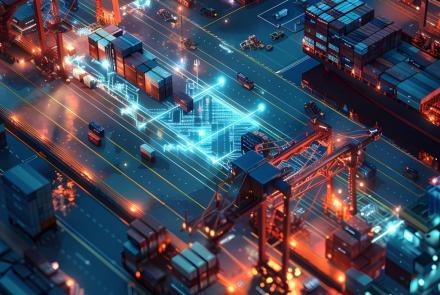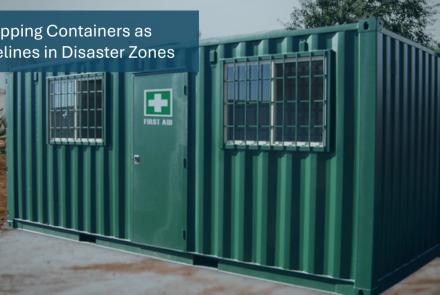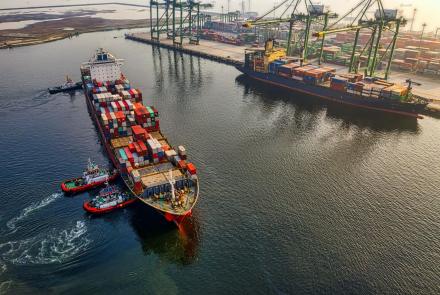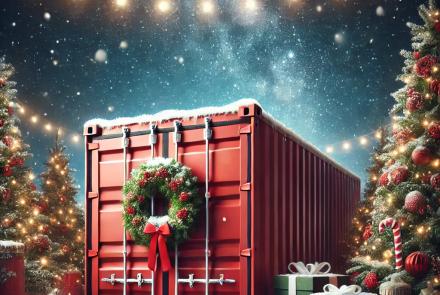Adapting to Change: How Climate Resilience is Shaping Container Manufacturing
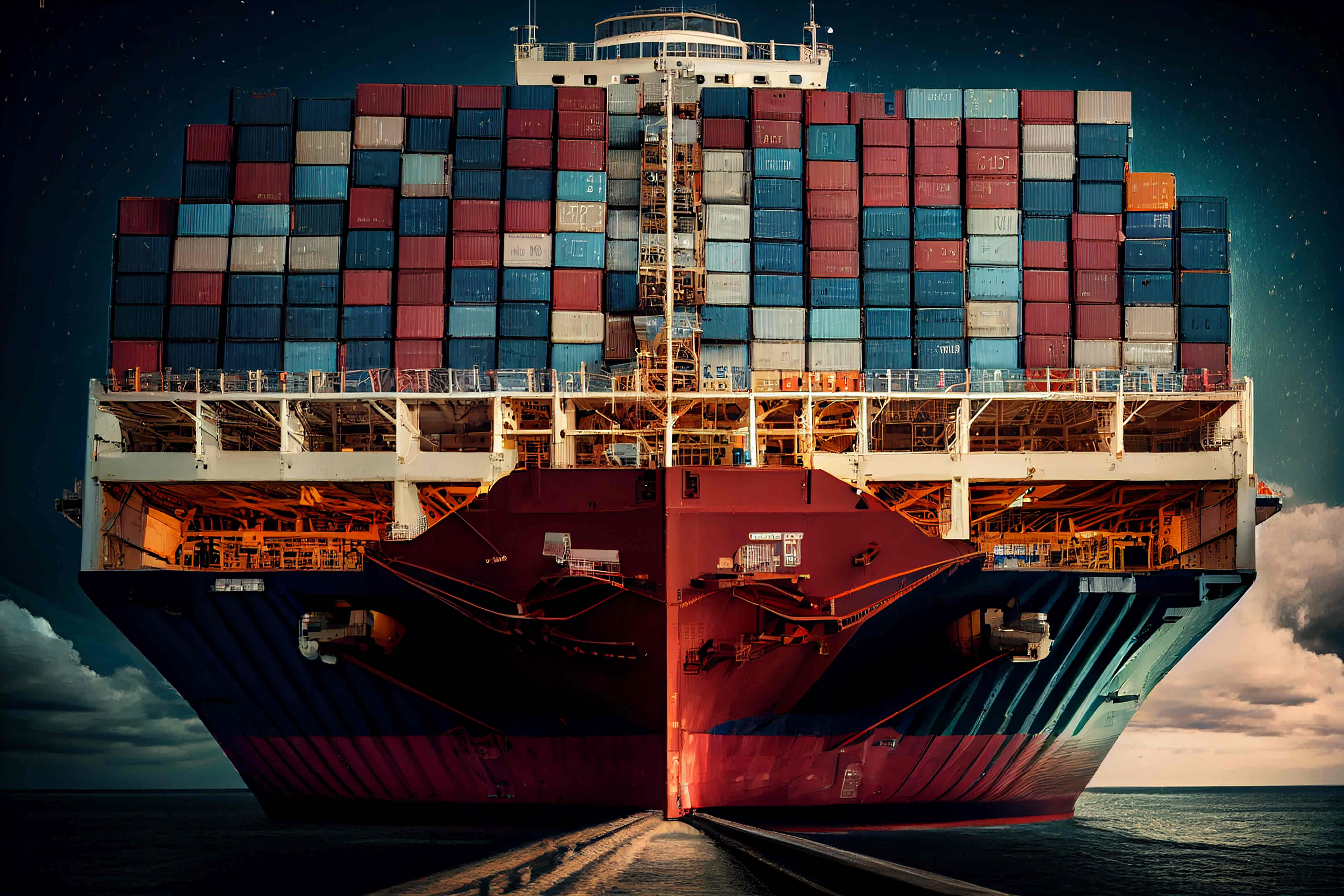
In an era where climate change is increasingly impacting global industries, the shipping and container manufacturing sectors are no exceptions. As the frequency and severity of extreme weather events rise, the need for climate-resilient container designs has become paramount. This blog delves into the key design and manufacturing adaptations that are essential to ensuring the durability and reliability of shipping containers in the face of changing environmental conditions.
The Growing Need for Climate-Resilient Containers
Shipping containers are the backbone of global trade, responsible for transporting vast amounts of goods across oceans, through ports, and onto final destinations. However, with climate change leading to more intense storms, higher temperatures, and unpredictable weather patterns, the traditional container designs are facing new challenges. To protect the goods inside and ensure the safety of the shipping process, container manufacturers are increasingly focusing on climate resilience in their designs.
Innovations in Material Science
One of the most significant changes in container manufacturing is the adoption of advanced materials designed to withstand extreme weather conditions. Traditional steel containers, while durable, are susceptible to corrosion and damage under harsh conditions. To combat this, manufacturers are exploring new materials such as corrosion-resistant alloys, high-strength plastics, and composite materials that offer enhanced durability while being lighter and more environmentally friendly.
Reinforced Structural Design
The structural integrity of containers is crucial, especially in the face of extreme weather events like hurricanes, typhoons, and heavy rainfall. To ensure containers can withstand these conditions, manufacturers are reinforcing critical areas of the container, such as the corners and edges, which are most vulnerable to stress and damage. This includes the use of reinforced corner castings, thicker walls, and stronger door seals to prevent water ingress and structural failure.
Temperature Control Innovations
With rising global temperatures, maintaining the internal temperature of containers, particularly refrigerated or "reefer" containers, has become a significant challenge. Modern containers are now being equipped with advanced insulation materials that provide better thermal efficiency, reducing the energy required to maintain the desired internal temperature. Additionally, solar-powered cooling systems are being integrated into container designs to enhance energy efficiency and ensure temperature stability even in remote locations.
Improved Ventilation and Moisture Control
Humidity and moisture can cause severe damage to goods transported in containers, leading to mold, corrosion, and product degradation. To address this, manufacturers are incorporating improved ventilation systems and moisture-resistant coatings in container designs. These innovations help to control the internal environment of the container, reducing the risk of moisture buildup and protecting the cargo from damage.
The Role of Smart Technology in Climate Resilience
As part of the broader trend of digitalization in the shipping industry, smart technology is playing a vital role in enhancing the climate resilience of containers. IoT-enabled sensors and real-time monitoring systems allow for continuous tracking of container conditions, including temperature, humidity, and structural integrity. This data can be used to make real-time adjustments, such as rerouting containers to avoid severe weather or adjusting internal conditions to protect sensitive cargo.
Meeting Regulatory Standards for Climate Resilience
As governments and international bodies recognize the importance of climate resilience, new regulations and standards are being introduced to ensure containers meet the necessary criteria. Manufacturers are now required to adhere to stricter guidelines regarding materials, structural design, and environmental impact. These regulations are driving innovation in container manufacturing, leading to the development of products that are not only climate-resilient but also more sustainable.
VS&B Containers' Climate-Resilient Solutions
At VS&B Containers, we are committed to providing our clients with the most advanced and reliable container solutions in the industry. Our climate-resilient containers are designed and manufactured to withstand the most challenging environmental conditions, ensuring the safety and integrity of your cargo. Whether you need standard, refrigerated, or specialized containers, we have the expertise and technology to meet your needs.
As climate change continues to impact the global shipping industry, the need for climate-resilient containers has never been more critical. Through innovations in material science, structural design, temperature control, and smart technology, container manufacturers are rising to the challenge, ensuring that their products can withstand the demands of a changing world. At VS&B Containers, we are proud to be at the forefront of this movement, offering cutting-edge solutions that help our clients adapt to the future.
Your Container Equipment Provider Of First Choice
VS&B Containers, headquartered in Chennai, began operations in 1996. The company offers a wide variety of containers, both newly built and used, and custom-built units that can be directly shipped from our manufacturing facilities to your preferred destinations across the world. We also operate a leased fleet of over 30,000 containers for both international leasing and domestic leasing (within India). If you have container requirements, do drop us an email at info@vsnb.com and a member of our team will reach out to assist you.
Furthermore, iInterchange Systems (A VS&B group company) provides state-of-the-art software solutions tailored specifically to meet the needs of container shipping and logistics enterprises. Please visit www.iinterchange.com for more details.
- Log in to post comments
